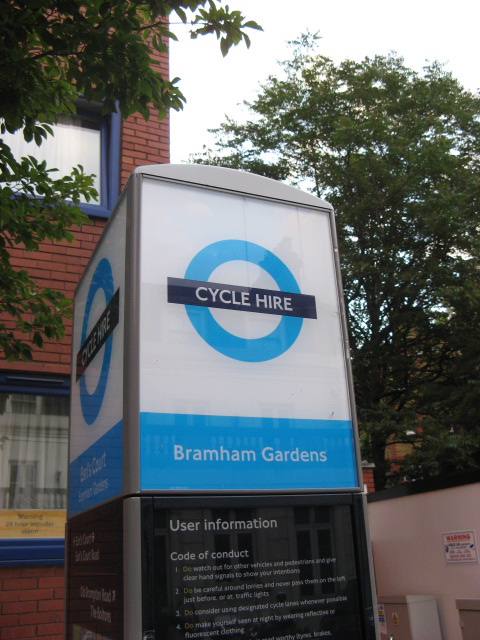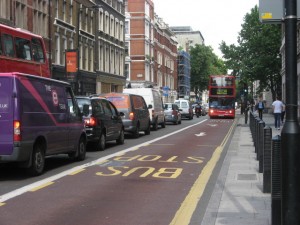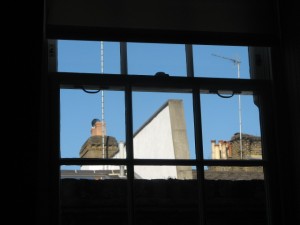First of all, in a response to a previous me in a previous post, I want to mention that I am having a swell time in London and I do plan on spending a significant amount of time here at some point in my hopefully near future. As such, I see this as a scouting trip for future adventures. Initial impressions are that London rates more favorably than New York in almost every respect, especially public transportation. Seoul is hard to knock from the top perch in my list of best public transportation, but London isn’t as bad as what Londoners might have us believe, strikes notwithstanding. Being here with my myriad of devices and wandering with just a hint of purpose through the city streets, I can see things unfolding that are easier to see when an environment isn’t your home. You see a layering of something behind the scenes that I struggle to see where I live (Princeton).
I see London as a city striving towards increased mobility, but intelligent mobility, the kind only offered through organic design. A push towards making their city livable with the understanding that livability is the precursor for an explosion of human innovation and organic progress. At least that is how I see it. So, I was encouraged to see a few things, namely:
Bikes are Nice
Barclays Cycle Rental– akin to the Paris program, you rent a bike somewhere, ride it around, and drop it off at a different location. Fast, easy, cheap, healthy transport. Good for the city, good for the individual. Further pitting the individual in motion, but in a healthy way. Now, we need some kinaesthetic powering devices attached to the bicycles which would generate power from the friction on the bikes and charge local streetlights or something. Or better yet CO2 converters that run on human power. Something to capitalize on human movement. I was trying to do a little study of how many were being used and the one closest to us in Chelsea, which I passed about 4 times at varying times of the last two days had:
- 4 cycles in use
- 3 cycles in use
- 5 cycles in use
- 0 cycles in use (respectively)
I conclude that it has yet to take off and rich people don’t ride bicycles as much as everyone else might.
Bus Lanes Are Better
Bus lanes free up the kind of traffic you want to promote. I loved these in Seoul and I love them here. Everyone else is stuck, natural incentive for taking public transportation and redirecting energy resources towards something more productive, like infrastructure. Motion is valued in communal activity; devalued in individual activity. Important lessons for mobile designers to consider, frankly. How does one incorporate organic design decisions that promote communal activity, citizenship of sorts (and do we want to?).
Don’t Assume Perpetual Connectivity
Bus/Train/Tube/Public Transportation Apps need to be standalone, whenever possible-the assumption of endless connectivity makes designers lazy or at least working from a faulty design standpoint. The only device I had with any connectivity was the work-isued Blackberry (which certainly helped), but the iPad obviously didn’t (UK service/US chip) and that mitigated some amazingly well-designed applications I saw for using public transportation-planners and the like. But there I was with my paper map and my Blackberry. Mostly my paper map. Nothing wrong with that, but I went analog there not by choice, but by necessity. I want the environment to be technologically enhanced, but alas I was unable.
I like this view from my hotel. It is a perfectly relaxing place to start the day. That is all.




…but remember, Michael, look right THEN look left when crossing!!
sheila
it’s funny you showed that picture of the bike rental…seriously, i just downloaded one similar for a precedent 🙂 Maybe I should just borrow yours from now on!